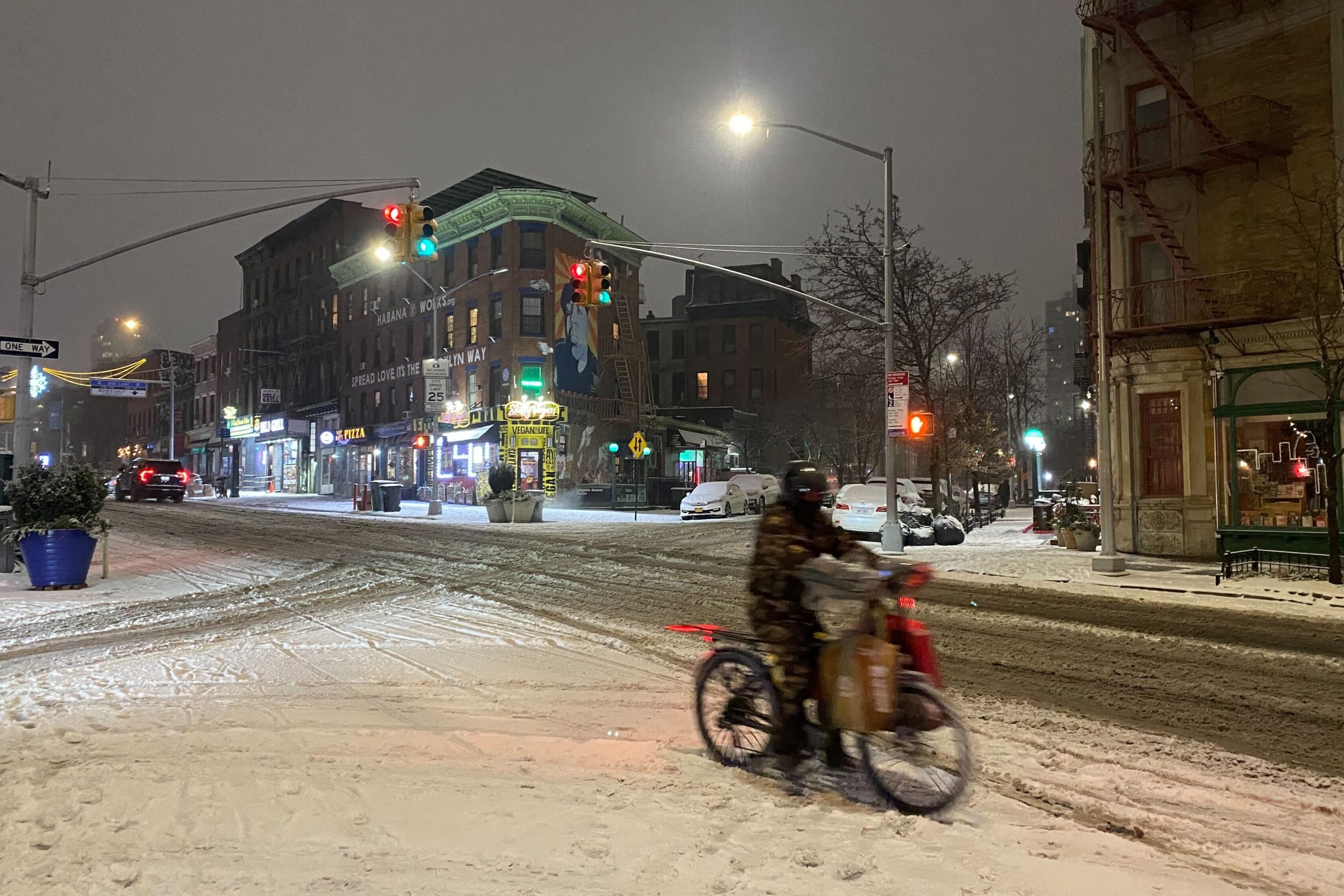 Fewer cars means more walking and healthier kids. Image: jeweledlion via Flickr.
Fewer cars means more walking and healthier kids. Image: jeweledlion via Flickr.Could reducing traffic near children's homes help America combat its obesity epidemic? A new study conducted by UC Berkeley professor Michael Jerrett strongly suggests the answer is yes.
Obesity rates are steadily increasing -- more than one-fifth of New Yorkers are now obese, and even that figure is well below the national average. With obesity strongly linked to dangerous diseases like diabetes and asthma, a great deal of research has
gone into uncovering the factors at work.
The quality of the built environment matters tremendously. Everything from mixed-use development to street connectivity to park access has been shown to affect physical activity, Jerrett notes, thus affecting obesity rates.
The new research, published in the journal Preventive Medicine, makes a crucial addition to what we know already. Jerrett shows that not only does the built environment matter, but traffic volumes matter too. His team's long-term study tracked children from across Southern California, starting from ages 9-10 and continuing through high school. Controlling for a wide variety of factors, they compared the children's body mass indexes (BMI) to the density of traffic near their homes.
Children living within 150 meters of high-traffic areas were found to have, on average, BMIs five percent higher than those living near low-traffic areas. Only the immediate surroundings seem to matter: Traffic levels within 300 or 500 meters didn't affect BMI.
The researchers put forward two explanations for why high traffic contributes to obesity. The first is that real or perceived danger from cars reduces walking and biking. The other is that too much traffic contributes to high asthma rates, which make physical activity more difficult and less frequent.
James Sallis, director of the Active Living Research Program at the Robert Wood Johnson Foundation, which commissioned the study, says Jerrett's research stands out because it tracked a large sample of kids for a long period of time, giving it strong scientific value. "This actually points to some solutions," he added, noting that not every study commissioned by the program has such clear implications for policy.
Just last week, New York City released its Active Design Guidelines, bringing together the city's transportation and city planning departments with the health department. Jerrett's report suggests that policies that help reduce traffic -- like congestion pricing, performance parking, and off-street parking reform -- should be a necessary component of the effort to fight obesity and improve New Yorkers' health.





